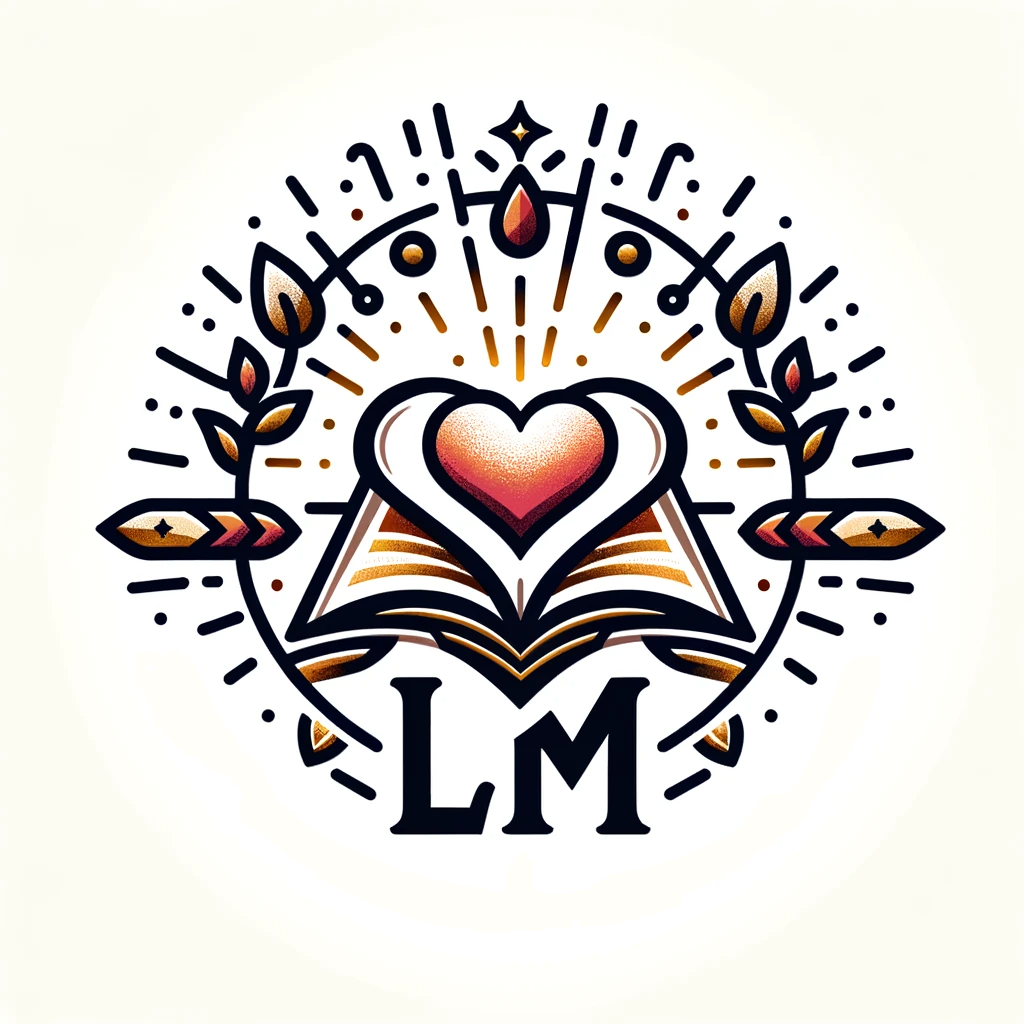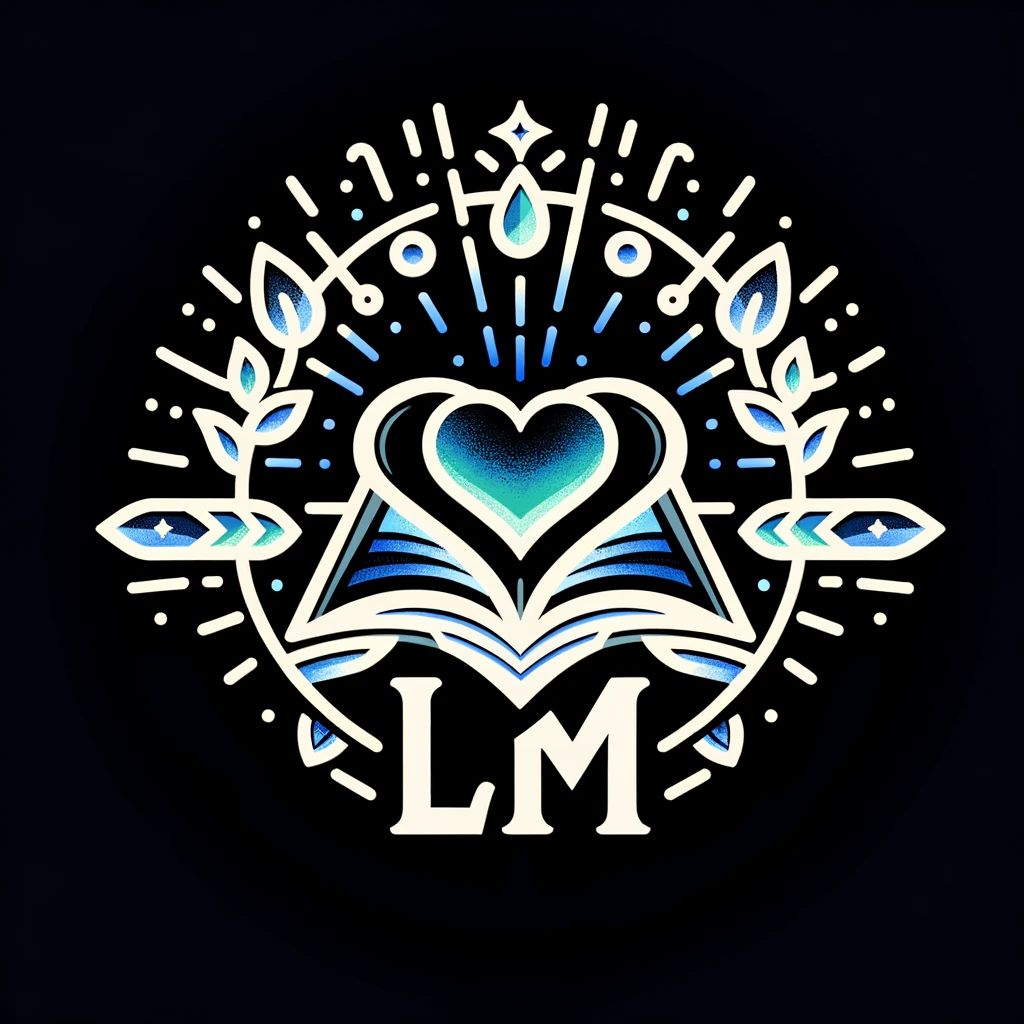
The story of Joseph, cherished across generations, extends beyond the captivating narrative of a young man’s journey through adversity; it serves as a profound foreshadowing of the Messiah’s coming.
Delineating a tale that resonates with themes of rejection, sacrifice, and ultimate redemption, Joseph’s life parallels the prophecy and eventual arrival of the Messiah in an astonishingly detailed manner.
This article delves into the symbolic layers of Joseph’s story, exploring the significance of his coat of many colors, his experiences of betrayal and rejection, and the quiet testament to innocence and redemption subsequently echoed in the life of the Messiah.
Through this exploration, we uncover the intricate tapestry woven into the biblical texts that thoughtfully connect Joseph’s narrative with the Messiah’s sacrificial journey.
Joseph’s Coat of Many Colors: A Symbol of Divine Authority and Love
Joseph’s coat of many colors, a gift from his father, symbolizes more than familial affection; it represents divine authority and love, setting Joseph apart, foreshadowing the Messiah’s unique relationship with the divine.
This garment, an emblem of favoritism, inadvertently sows the seeds of jealousy and discord among his brothers, leading to pivotal events in Joseph’s life.
Analogously, the Messiah, marked by divine favor, would endure rejection and suffering as a consequence of his distinctive mission and the prophecies he fulfilled.
This parallel draws a striking similarity between the initial indications of a chosen path and the trials that accompany such distinction.
Betrayal and Rejection: Parallel Paths of Joseph and the Messiah
The themes of betrayal and rejection form the crux of both Joseph’s and the Messiah’s stories. Joseph, betrayed by his own brothers due to jealousy, is sold into slavery—a profound act of disownment that mirrors the Messiah’s experience of being rejected by those he came to save.
This rejection, pivotal in both narratives, underscores a necessary path to redemption. The universality of their experiences speaks to the heart of the human condition, illustrating how, through suffering and rejection, greater purposes are often fulfilled.
This mirroring of paths between Joseph and the Messiah elucidates the biblical foreshadowing that Joseph’s story presents, offering a prelude to the redemptive mission of the Messiah.
The Pit and the Sacrificial Lamb: A Testament of Innocence and Redemption
Joseph’s descent into the pit, suggested by his brother Reuben to spare his life, emerges as a poignant symbol of sacrifice and redemption. Stripped of his coat of many colors, symbolizing a voluntary relinquishment of power and authority, Joseph’s time in the pit—bereft of water, indicating purity and innocence—prefigures the sacrificial lamb symbolism central to the Messiah’s story.
This act of being lowered into a place devoid of life, only to emerge with a greater purpose, encapsulates the journey from innocence to redemption. It eloquently foreshadows the Messiah’s path: a journey marked by suffering and sacrifice, leading to the ultimate redemption of humanity.
The parallel drawn here, between Joseph and the Messiah, accentuates the depth of biblical symbolism, weaving together narratives of despair and hope to illustrate a larger story of divine love and redemption.
Through the lens of Joseph’s story, we glimpse the intricate foreshadowing of the Messiah’s coming, exploring the shared themes of divine favor, rejection, and the redemptive power of sacrifice.
This narrative, rich with symbolism, not only enhances our understanding of biblical prophecies but also deepens our appreciation for the complex tapestry of stories that forms the foundation of faith for many.
Joseph’s life, when viewed as a prelude to the Messiah, offers profound insights into the nature of divine purpose and the enduring promise of redemption.





